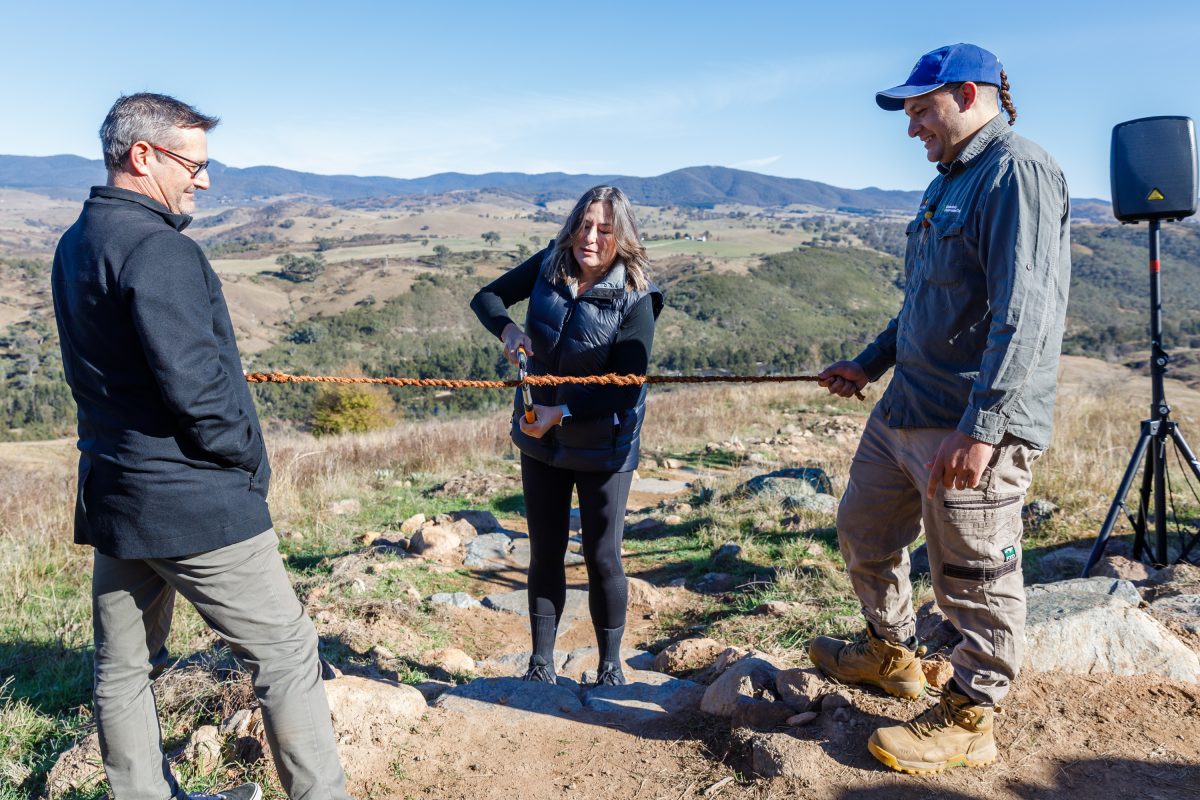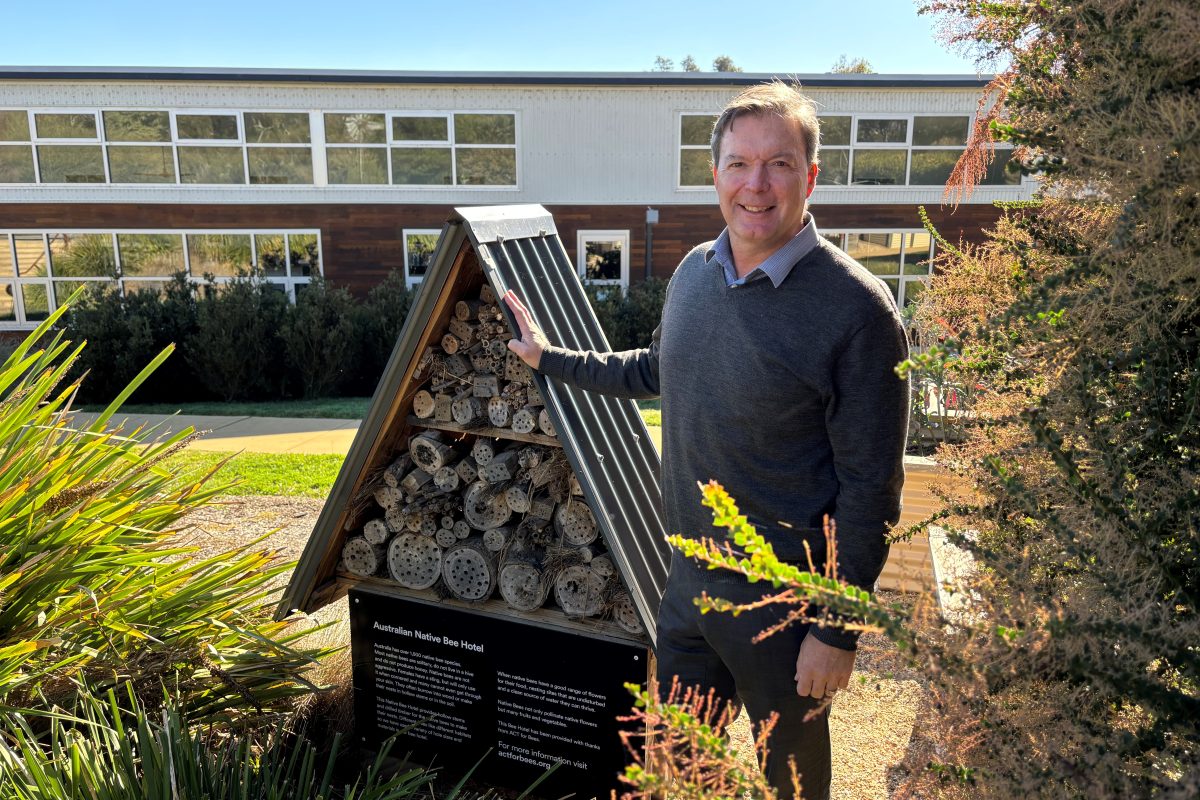How to become a sustainable fashionista
Water shortages, pollution, biodiversity loss, soil degradation, and climate change – we know the very real impacts that overconsumption can cause. But there’s no denying that Australians have an addiction to fashion.
This insatiable appetite sees Australia continue to be the second-largest consumer of textiles globally. And while consumers are starting to understand the need to shop sustainably, according to Julie Bolton – Sustainability Adviser with the Monash Sustainable Development Institute – Australians continue to buy an estimated 27 kilograms of new fashion and textiles a year (more than double the global average) and throw out most of it within 12 months.
“If everyone was to live like Australia, we would need 4.3 Earths – that’s how much that we consume, how big the amount we’re responsible for dealing with,” she says,
Releasing her report Textiles: A Transitions Report for Australia during Melbourne Fashion Week, Julie explained that of this percentage of textiles sent to landfills, only 7% is recycled. The rest – all non-renewable, non-degradable, and synthetic – take hundreds of years to break down, releasing carbon emissions as they do.
So how can we, as consumers, begin to change our ‘throwaway culture’ mindset?

According to Emma Batchelor, author of Building a Conscious Wardrobe (and other fun things), it’s as easy as thinking about if the clothing pieces align with your values and bring you joy before you pull out your credit card.
“Something that’s really helped me is really connecting with the items that I wear and not thinking of them as disposable – because I think it’s easy to throw things away and to get something new if you perceive that thing as not having any inherent value,” she says.
“Forming a stronger connection with those items and thinking about them as being something that the people who made them put time and effort into and that you’ve put time and effort into wearing helps.”
Taylor Pitsilos, stylist and co-owner of Designer Op Shop Emporium, agrees. Witnessing firsthand the growth in the pre-loved fashion and retail industry since launching her business in 2012, she believes that sustainable fashion and customer awareness of manufacturing effects will come to the forefront of the industry – and remain there for decades to come.
“When I sit back to think about the impact, I often think of the old saying “It’s just one straw! … said one billion people.” Fashion lovers can make a huge difference if they keep sustainability in the forefront of their mind when shopping,” she says.

Shop local (and vintage) where possible
As shopping behaviours shift and fashionistas start to make more quality investments, Emma’s advice is to look to local, vintage, and pre-loved pieces to retain the experience of ‘newness’ and ‘trend’.
“Look at local and at small makers first, because that’s something where you can make a really big difference to somebody’s life. You might see and know the person that you’re buying something from, which I think is really special,” she says.
Re-wear
Putting a patch on your jeans might feel like a throwback to the ‘90s, but according to Julie, repairing and re-wearing your clothing is one of the easiest and fastest ways to swap to a stylish yet sustainable mindset.
“Wear what you have in your wardrobe and make sure you’re wearing it as much as you can and often as you can until you wear it out. And then repair it if you can,” says Julie.
“Even if you’re sick of it, or you don’t want to wear it anymore – swap it with a friend or put it away in a box for a couple of months, then pull it out again and shop from your closet.”
Repair
Repair cafés – free events where community members bring items to be mended or fixed by a team of volunteers – are the perfect way to upgrade a disposable mindset.
In Canberra, the Repair Café at Ginninderry is held on the first Sunday of every month between 2 pm–4 pm at The Link – Ginninderry’s Community and Information Centre. Teaching the community new skills – including sewing – the hope is that it’ll empower the community to use their new skills and repair clothing items to continue to create a slower and more sustainable way of life.
Recycle
If your wear has caused too much tear and it can’t be fixed – or you just don’t love it anymore – it’s important not to send the textiles to landfill.
“You can try and re-sell through places like Goodbyes, the Designer Op Shop Emporium, you can donate to charity stores – but you have to be mindful you’re only donating good quality products because otherwise, you’re just creating a problem for the store,” says Emma.
“If you have something that’s not fit for anyone else to wear, think about turning it into rags and find a charity or organisation that needs rags.”
Also check out UPPAREL – an innovative Australian clothing recycler that collects unwanted, second-hand garments and sorts them into charitable donations, fabric recycling and upcycling.
Take the baggage out of shopping
You see it, you like it, and you want to buy it – sometimes investing in a new piece feels like the only way to go, but according to Julie, you need to care about where you spend your cash.
“People are not aware of where things have come from. It’s so easy to get products that we don’t stop and think about the process the product has taken and all the steps that have gone into it,” she says.
“Have a look at the Monash Guide and then Fashion Revolution always has a lot of information up,” says Julie. “Make The Label Count is an NGO group in the EU – there’s a number of groups in the EU which are quite progressive.”
“There is a fantastic website and app called Good On You, where you can search stores or brands and see how ethically they truly are,” says Taylor. “It provides a simple sustainability rating from avoid, to its a start and great being the best for each store or brand…You may be surprised to know that H&M is actually rated, it’s a start!”
And while wading through the sustainable messaging might sound overwhelming, knowing what brands have the tick of approval helps to cut through the noise of the fast-fashion industry. Because shopping isn’t as carefree as it used to be – but there is a way for fashionistas to continue to wear beautiful pieces while advocating for the environment.


